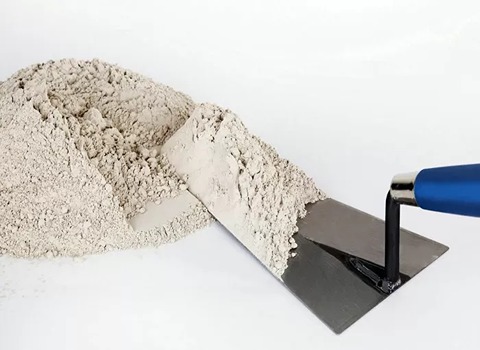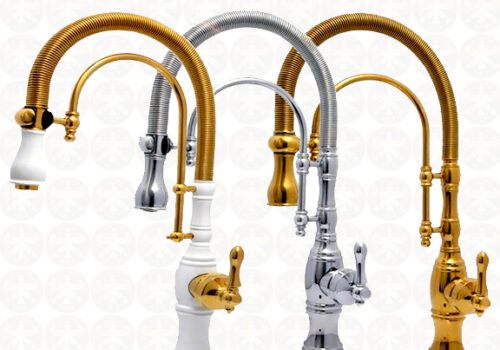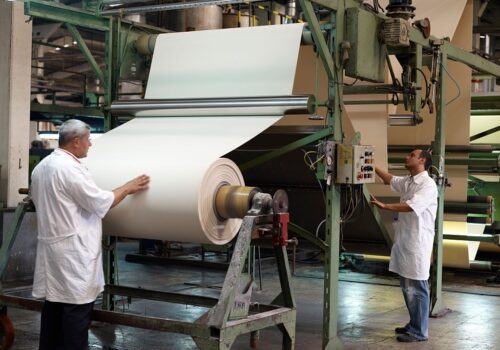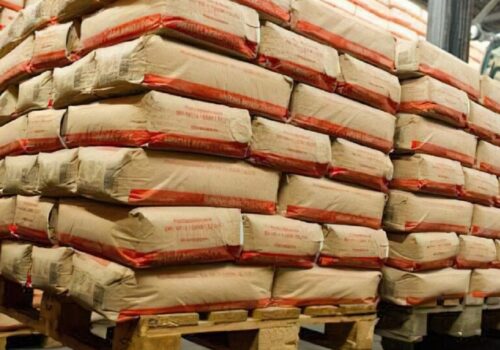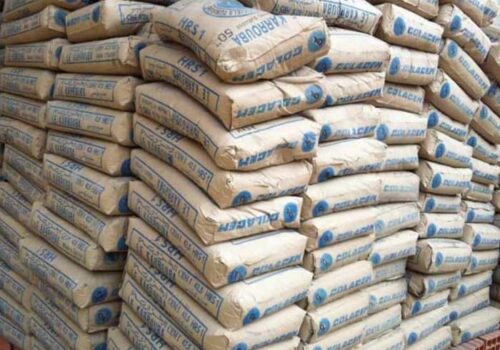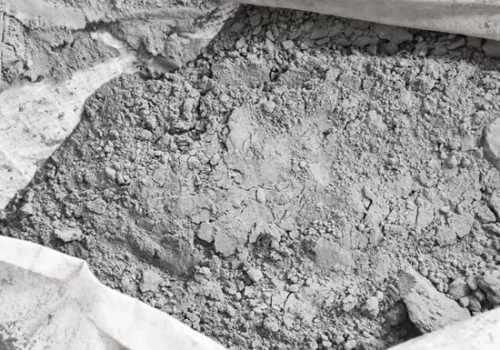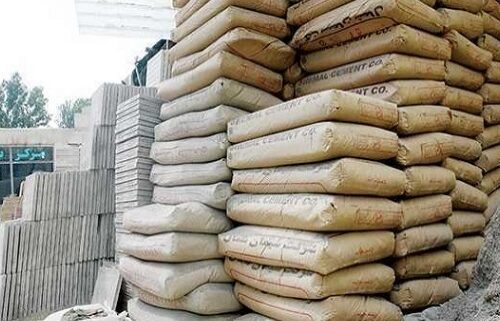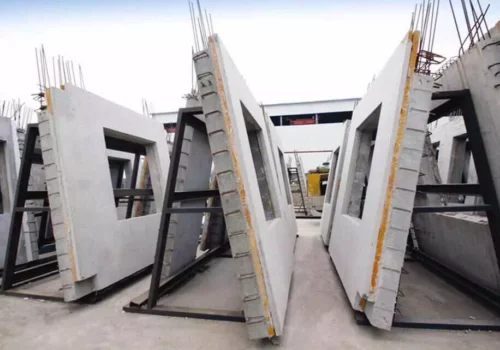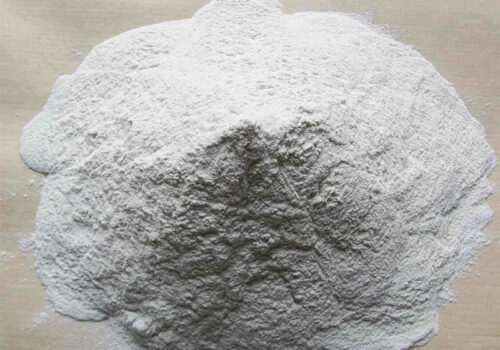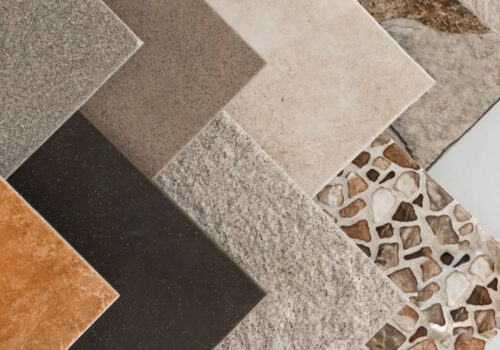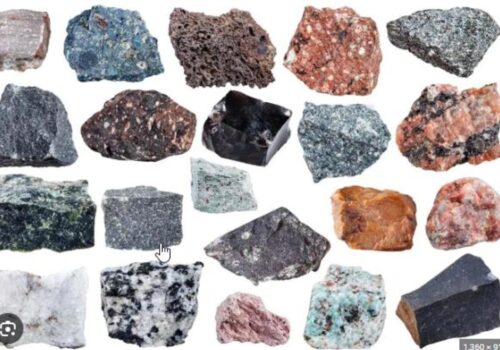White Cement
White cement is a type of Portland cement that is widely used in construction projects requiring a bright and clean appearance due to its aesthetic appeal. Compared to ordinary cement, white cement boasts superior mechanical, chemical, and visual properties, making it a preferred choice for various architectural and decorative projects. This article explores the features, applications, and advantages of white cement.
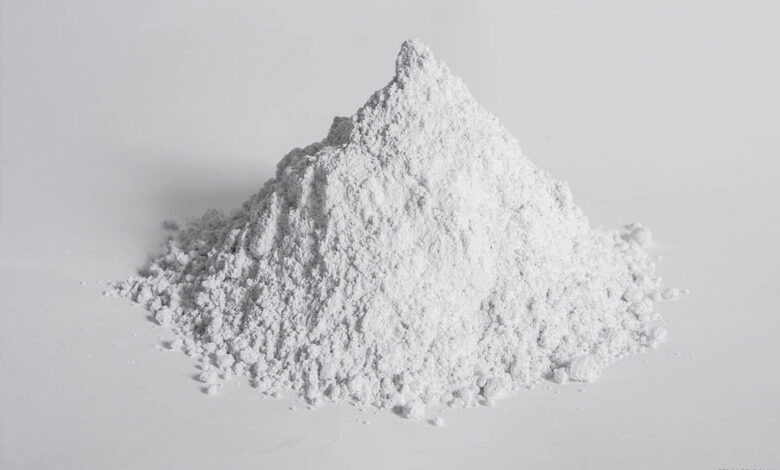 1. What is White Cement?
1. What is White Cement?
White cement is a type of Portland cement produced from a combination of lime, silica, and alumina. Its distinct white or cream color results from the unique composition and precise control of the production process. Due to its bright and refined appearance, white cement is used in projects where aesthetics and a clean, clear finish are essential.
2. Features of White Cement
- Bright Color: The absence of iron and magnesium oxides in its composition gives white cement its white or cream color, adding a visually appealing touch to concrete.
- High Mechanical Strength: White cement exhibits excellent compressive and tensile strength, making it suitable for structural applications.
- Durability and Chemical Resistance: It offers high resistance to chemicals, moisture, and sulfate attacks.
- Environmentally Friendly: The absence of harmful components in its production process makes white cement environmentally sustainable.
- Ease of Application: Its light color makes it easy to work with and distinguish in concrete and ready-made mortars.
3. Applications of White Cement
Thanks to its attractive appearance and strong mechanical properties, white cement finds extensive use in various construction and decorative projects.
3.1 Interior and Exterior Finishes
White cement is widely used for interior and exterior finishes in buildings. It is ideal for coating walls, floors, columns, and decorative facades.
3.2 Decorative Materials Production
White cement is used to manufacture decorative elements such as flowerpots, artificial stones, statues, and wall panels.
3.3 Flooring Solutions
It is a popular choice for flooring in interiors such as hotels, restaurants, and retail spaces, valued for its beauty and chemical resistance.
3.4 Bright Concrete Production
White cement is utilized to produce decorative and light-colored concrete that requires high resistance to moisture and chemicals.
4. Advantages and Disadvantages of White Cement
Advantages:
- Bright Color: Its clean and attractive appearance makes it suitable for decorative projects.
- High Mechanical Strength: It provides strong resistance to compressive and tensile stresses.
- Durability: White cement withstands harsh environmental conditions and chemical exposure effectively.
- Eco-Friendly: Its production process avoids the use of harmful substances, making it environmentally safe.
Disadvantages:
- High Cost: Due to the use of high-purity raw materials and a controlled production process, white cement is more expensive than regular cement.
- Limited Applications: Its bright color restricts its use in projects requiring darker shades or exceptionally high strength.
- Lower Resistance to Acidic Corrosion: White cement is less resistant to acid attacks compared to other types of cement.
5. Production of White Cement
The production of white cement involves a meticulous and complex process requiring precise control of raw material composition, temperature, and firing time. Typically, high-purity limestone, silica, and alumina are used. The raw materials are finely ground and homogenized before being fired under carefully controlled conditions in a kiln. This process ensures the resulting cement has its distinctive white or cream color.
Conclusion
White cement is a specialized type of Portland cement renowned for its aesthetic appeal and excellent mechanical properties. It is a preferred choice for construction and decorative projects requiring a clean and polished finish, such as interior and exterior finishes, decorative materials, and flooring. Despite its higher cost and limited applications, white cement remains a versatile and valuable material for specific architectural needs.

